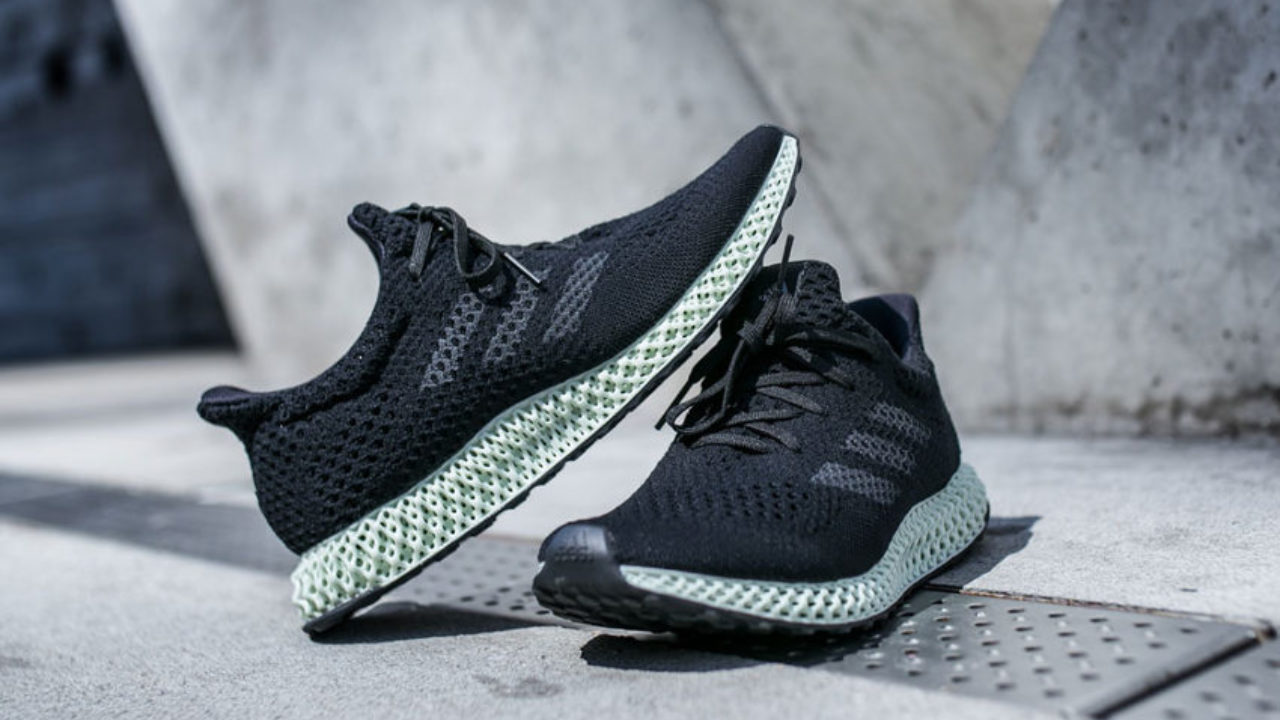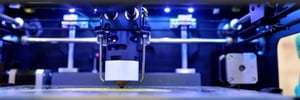3D printing is a process of making three dimensional solid objects from a digital file, using additive processes. 3D printed objects are created by laying down successive layers of materials. (3DPrinting.com)
3D printing can be traced back to the 1980's in Japan, when Hideo Kodama came up with a layer-by-layer approach for manufacturing, using a photosensitive resin that was polymerized by UV light. (BCN3D) However, it wasn't until the early 2000's that 3D printing really grew in popularity. In 2005 many early 3D printing patents began to expire, which opened the door for entrepreneurs to seek their own patents for newer technology.
Today, 3D printing is common practice in numerous applications. Most commonly used in prototyping, manufacturing and construction, it is also commonly used in education and medicine! Big name companies are using 3D printing for new and exciting applications, for example - Adidas 4DFWD shoes use a midsole that is 3D printed by Carbon.

Carbon is a 3D printing technology company based in Redwood City, CA that helps businesses to develop better products and bring them to market in less time using their DLS™ (digital light synthesis) process, which combines versatile printers, advanced software, and best-in-class materials.
Carbon Senior Manufacturing Process Engineer, Jordan Bergenfeld, and Staff Research Scientist, Vikram Palagummi, presented at the 2022 Virtual Viscosity Summit hosted by RheoSense. They shared how integrating a light engine with a rheometer has led to a useful tool to assess performance and accuracy of different materials used for 3D printing. Download the free recording of their presentation to learn more about Carbon's DLS process, 3D printing, measurements and applications.
The complexity of formulation for 3D printing is a significant use of time and energy. Similar to drug formulation, having the ability to screen different formulation using viscosity is an effective way to optimize formulation at an early stage. Screening many different formulation combinations to find the one that works best early on in the screening process will optimize your time and efforts, and decrease time to market.
Warping of parts is an age old problem for the 3D printing industry. Warping is a direct result of inherent material shrinkage force during the during process - the process by which you expose 3D printed parts to UV light to improve stability and strength of the prints. As materials are photocured they shrink, solidify and exert a downward normal force. To account for shrinkage and warping in the 3D printing process, rheology measurements can be taken to capture full shrinkage of materials by tracking frequency and temperature sweeps to get time/ temperature suspension plots. The curing rate of 3D printed parts is dependent on viscosity, making viscosity a crucial parameter to measure for 3D printing processes.

Download the 2022 Virtual Viscosity Summit recordings to learn more about 3D printing applications, or contact us to speak with a rheology expert and learn more about how VROC technology can help you to optimize your 3D printing processes! 
Written by: Eden Reid, RheoSense Senior Marketing and Sales Operations



